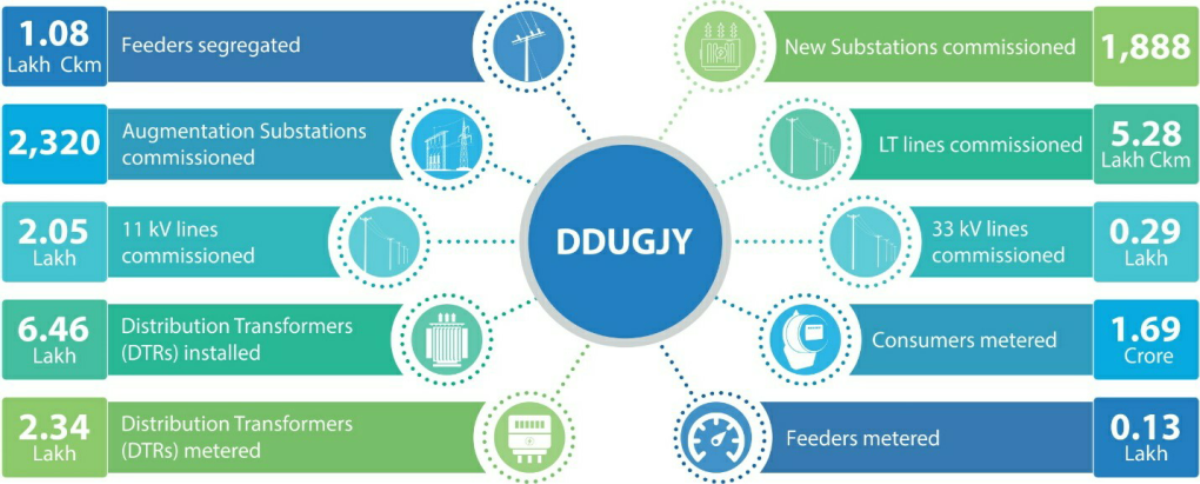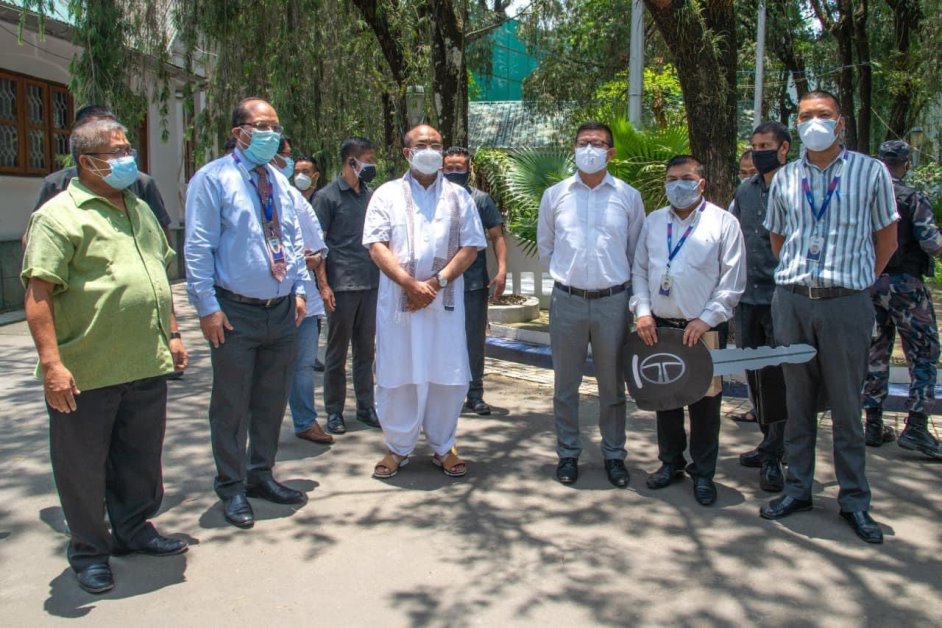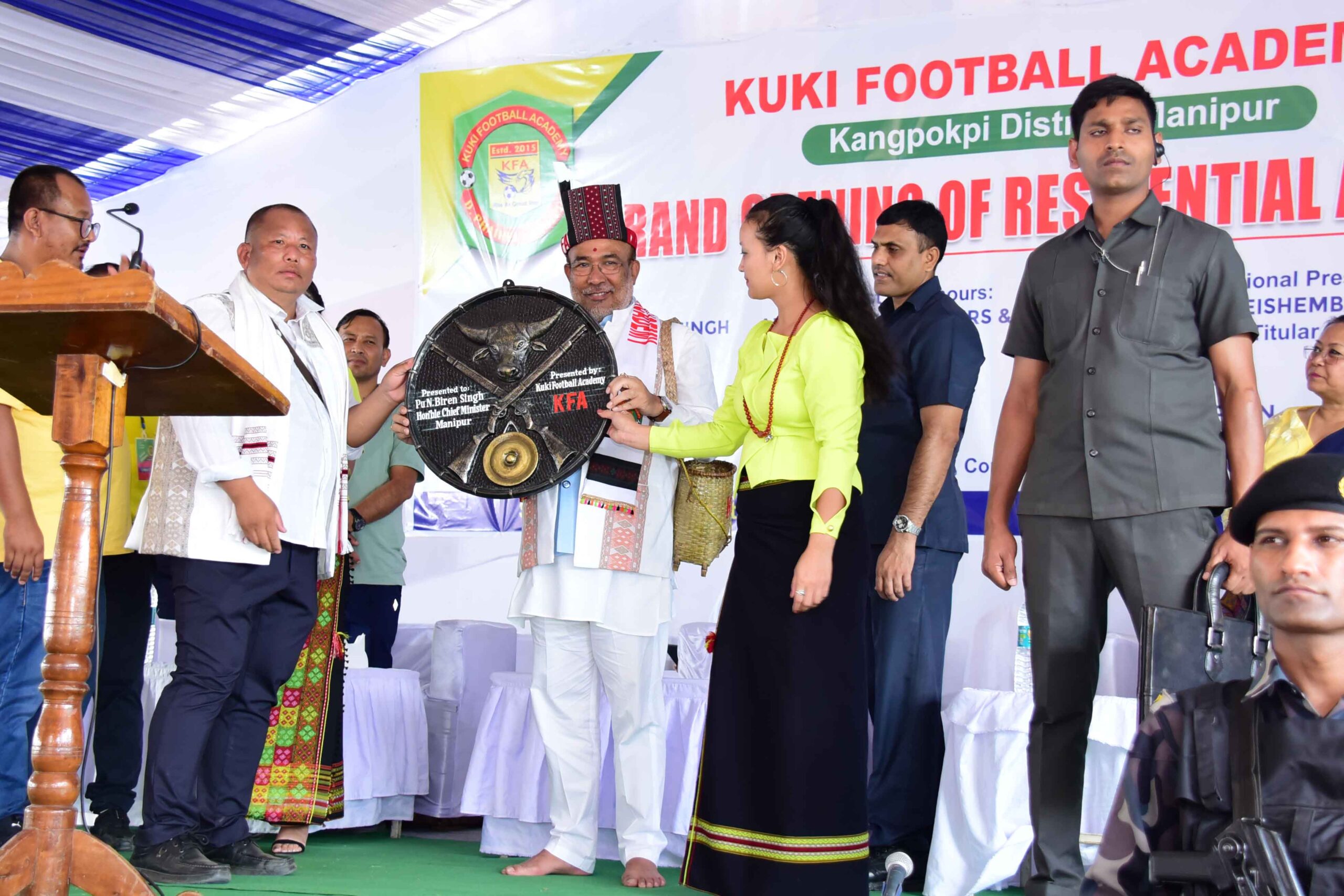International Energy Agency (IEA) describes India’s Village electrification program as a clear success story and highlights the same as a bright spot for energy access in their publication “Energy Access Outlook 2017”
 KRC TIMES Manipur Bureau
KRC TIMES Manipur Bureau

Vishal Kapoor Joint Secretary, Ministry of Power
Ensuring Energy Access by 2030 is one of the major outcomes envisaged under the SDG-7 goals adopted by the United Nations. Energy deprivation has a detrimental effect on the quality of life for the people. Apart from reducing economic opportunities for employment, energy poverty leads to poor social outcomes in the health and education sectors. Lack of energy access impacts the vulnerable sections of society the most. Apart from having gender inequality-related implications of increased drudgery amongst women, the lack of electrons flowing in households also leads to a proverbial disconnectedness impact of the unelectrified population from the rest of the world.
Up until 2014, a total of 18,374 census villages in India were devoid of electricity access. On the 15th of August 2015, the Hon’ble Prime Minister of India announced from the ramparts of Red Fort a resolve of electrifying the remaining unelectrified villages across the country within a timespan of 1000 days. It was a mammoth task to be completed within a challenging timeline under the Deen Dayal Upadhyay Gram Jyoti Yojana (DDUGJY). After months of perseverance put in by the Power Sector of the Country, on the 28th of April 2018, the lighting up of the first electric bulb in Leisang, a small village nestled in the rocky mountains of Manipur, India touched the historic milestone of achieving 100% Village Electrification
Advertisements | 5E For Success

The story of this electrification is not merely that of numbers, but of grit and toil and overcoming the insurmountable odds. The last leg of rural electrification involved the toughest terrains – deserts, mountain ranges and rivers, and LWE-hit areas. Taking electricity to the darkest corners of a country as huge and diverse as India, was a task of epic proportions.
To take on this task, a country-wide ‘Team Power’ was formalized, with a single-minded resolve to illuminate every corner of the country. An all-new milestone-based monitoring system was developed to ensure transparency and accountability. The end-to-end process was monitored and every detail was captured including the conduct of surveys, procurement, erection of infrastructure, and energisation. Innovative off-grid solutions were employed to electrify those villages which could not be connected to the national grid. Many of the far-flung areas were not even connected by road. In several areas, the equipment needed for electrification of such villages was dropped with the help of the Indian Air Force. It was a paragon of seamless collaboration between the various entities and agencies across the Centre and the States involved.
Almost two thirds of India’s population resides in rural areas. However, with increasing access to basic amenities, and in wake of a transforming face of rural India, the lines between total and urban areas are progressively blurring. Modern amenities including the usage of electrical appliances, television, and mobiles are no longer limited to the urban areas. Children do not depend on daylight to study. With a sustained focus on the development of our hinterland, the villages are increasingly getting connected to the mainstream.

The success of DDUGJY paved the way for the rollout of the household electrification scheme – SAUBHAGYA, which aimed to electrify every home. International Energy Agency (IEA) describes India’s Village electrification program as a clear success story and highlights the same as a bright spot for energy access in their publication “Energy Access Outlook 2017”. As we celebrate ‘Azadi ka Amrit Mahotsav’ – 75 years of India’s independence, we must see each feat as a step closer to India realising the vision of Antyodaya.
Advertisement | KRC Foundation, Imphal






